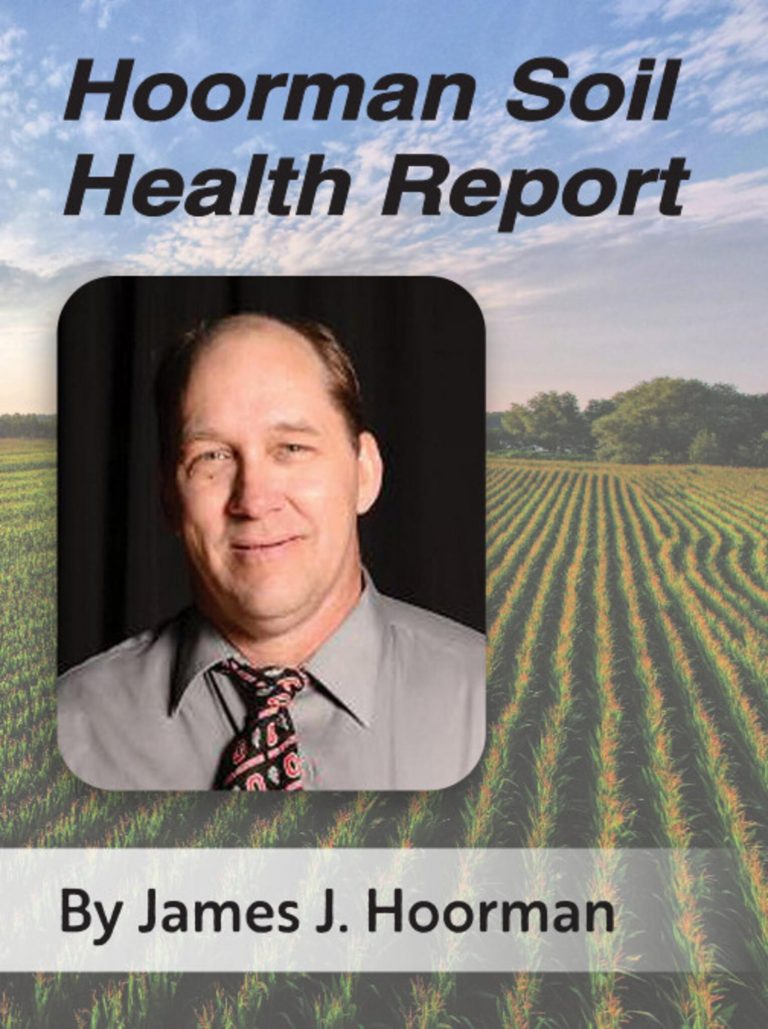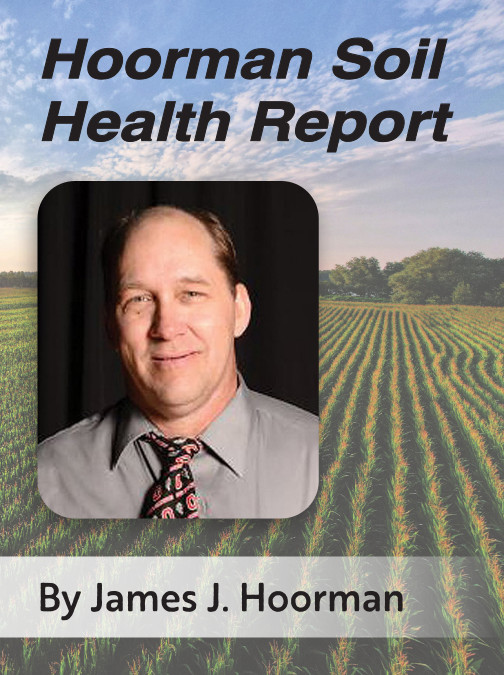Why High Fertilizer Prices?
After a late 2025 drought and lower crop prices, farmers are looking ahead to the 2026 crop year. High volatile fertilizer prices will be a significant concern next year. Currently, the DAP retail price is $926 per metric ton, up from $580 in January. DAP or diammonium phosphate is 18% nitrogen and 46% phosphate (18-46-0). The retail price for MAP (mono ammonium phosphate) is $921 per ton. Potash or potassium (60% potash or K, 0-0-60) prices are about 24% higher than last year at $483-485 per ton. Some global spot prices are $350-$360 per ton. Ammonia (NH3) prices are about $440-$450 per metric ton.


